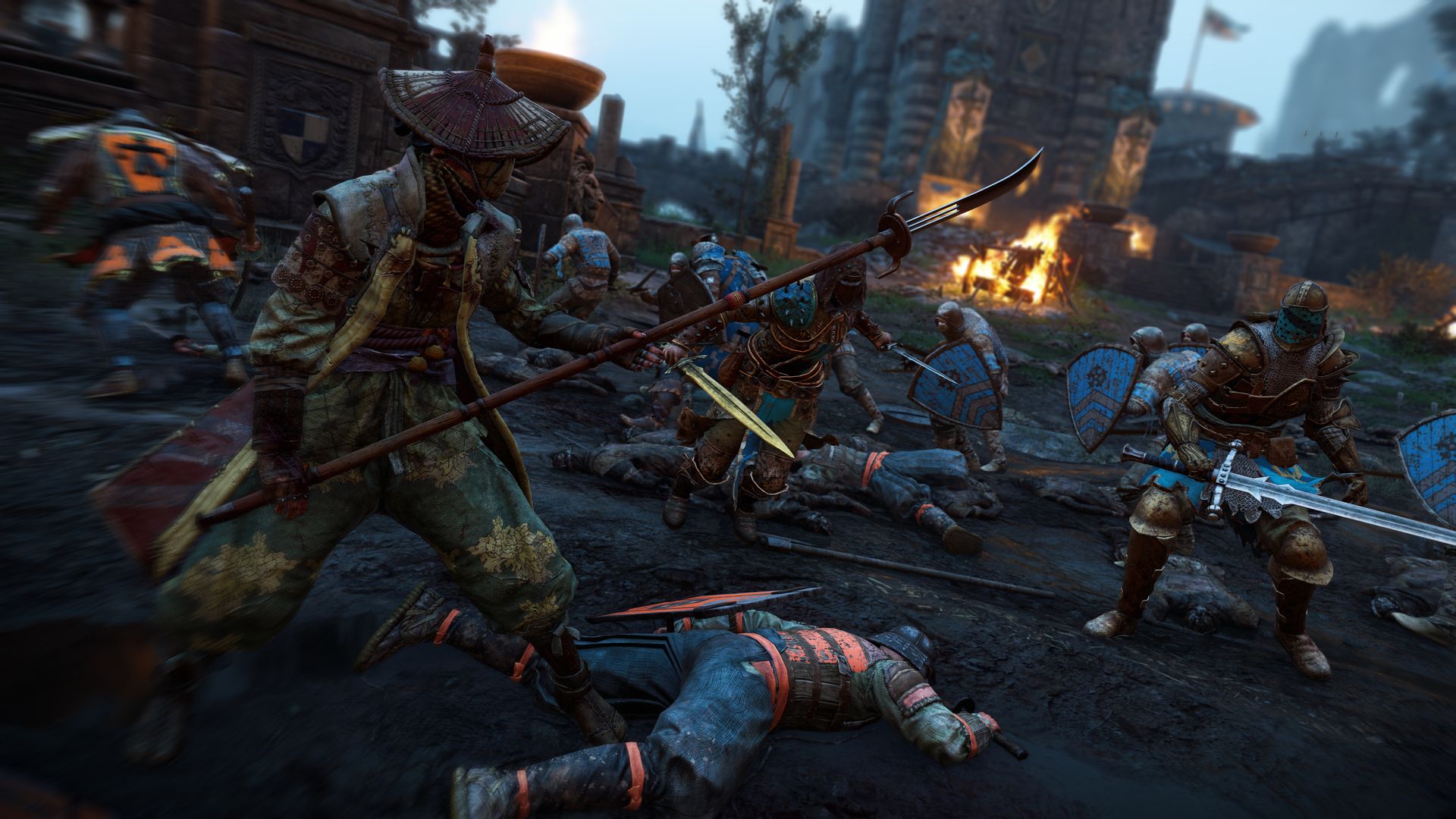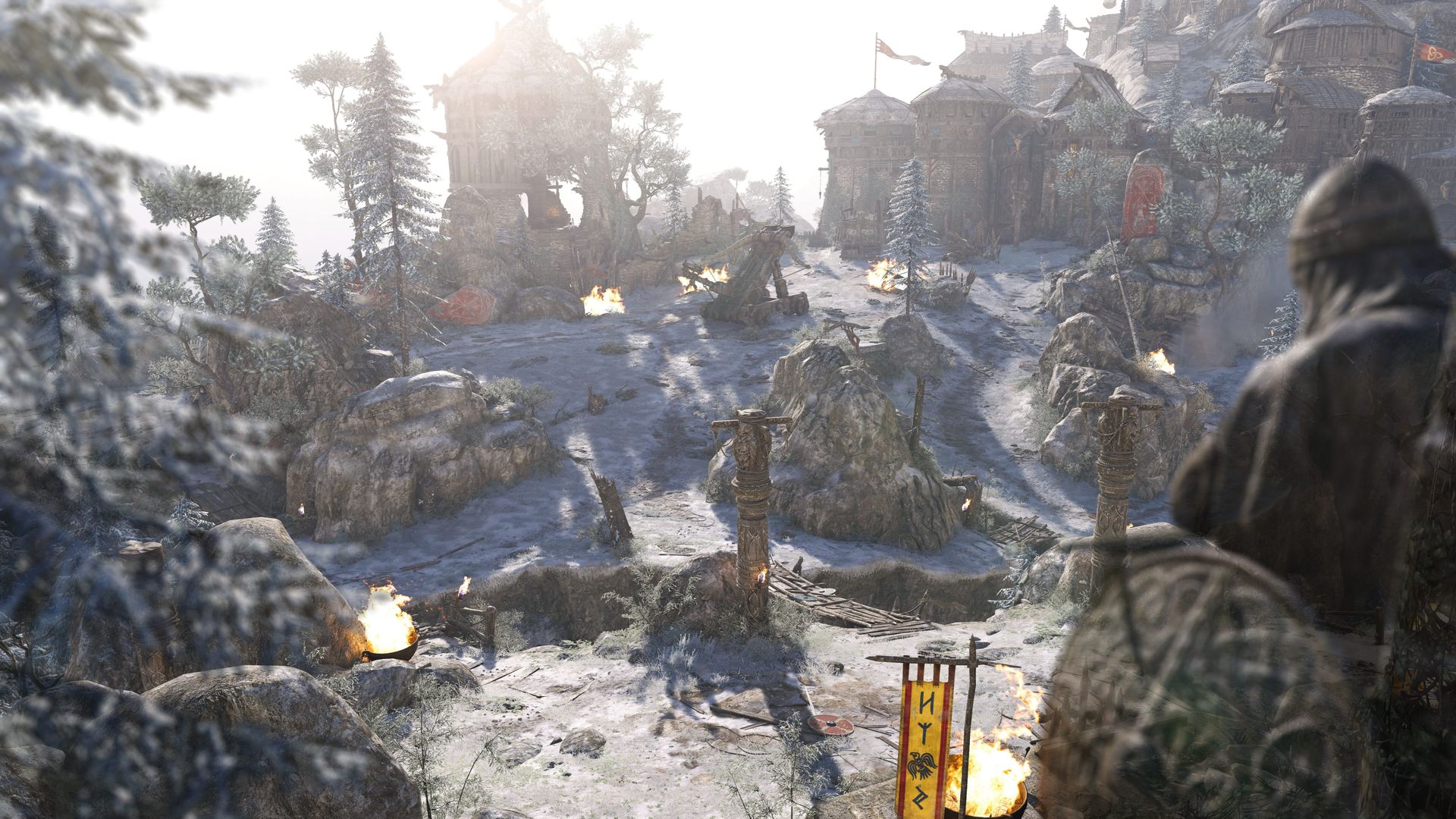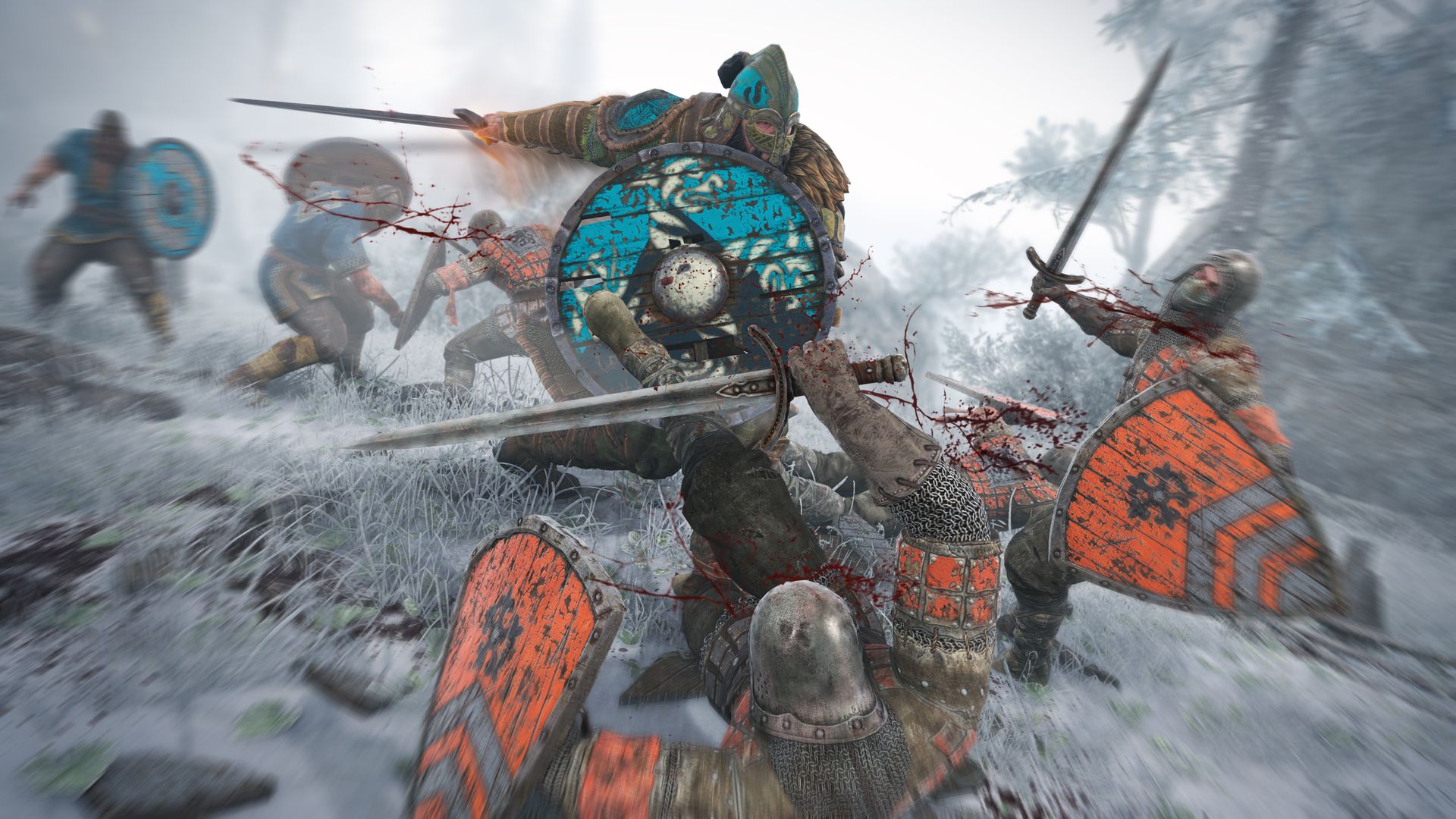For Honor
Developer: Ubisoft Montreal
Publisher: Ubisoft
Platform: PlayStation 4, Xbox One, Windows (Reviewed)
Release Date: 14 February 2017
Price: $59.99 USD – Available Here / $99.95 AUD – Available Here
Video Review
Overview
Knights! Samurai! Viking! For Honor is likely every medieval combat nerd’s dream. Ubisoft Montreal has brought together three of history’s greatest medieval warriors for an endless battle in a fictional land. The single player campaign lays the foundation for the game, but the story continues as all For Honor players choose their allegiance and fight for territory in the cross platform metagame.
Story
Instead of taking some obscene liberties with history, For Honor opts for a fictional land where the Knights, Samurai, and Viking jostle for power. The Knights’ Blackstone Legion is led by the bloodthirsty warlord Apollyon, who looks to sow the seeds of eternal conflict. The campaign is broken down into three chapters that follow the Blackstone Legion’s crippling of the Viking bands, the rise of the Viking Warborn band, and finally the fall of Apollyon at the hands of the Samurai. The story starts out strong enough considering the rather ridiculous pretense for the game, but soon falls apart. It is clear that the single player campaign is an extended tutorial for multiplayer as the plot is dragged on well past its welcome. The story probably would have been better served by shortening the total length by at least a third. Ubisoft is advertising that the multiplayer metagame is technically part of the game’s overarching plot as the results of each season will have lasting impact on following seasons; however, it is not clear at this time exactly how this will manifest story-wise.
Gameplay
For Honor is a fighting game that breaks out of the traditional one versus one mould. While there are one versus one and two versus two duels available, the bulk of For Honor’s gameplay will have players on battlefields littered with disposable grunts. Like any fighting game, For Honor has a roster of twelve heroes, each a unique move set. The three factions have their own take on the four classes: the Vanguard, a general purpose character that is the easiest to learn; the Heavy, a slow tank capable of dragging out fights and wearing their enemies down; the Assassin, an agile attacker who thrives on catching enemies off guard then overwhelming them; and the Hybrid, a wily mix of two specialties from the other three classes.
For Honor’s combat revolves around a three-direction system that determines the direction of attacks and blocks. From there, players can perform a quick attack that is harder to parry or a slower, more devastating heavy attack. Each class has their own combos that chains their attacks, which allows them to lower the time between strikes. When a player locks onto another hero, the three directions will appear for both players except for Assassins, who need to “refresh” their direction to block at the cost of hiding their attack directions until moments before the strike. Complimenting the system is a variety of parries, dodges, guard breaks, and throws.
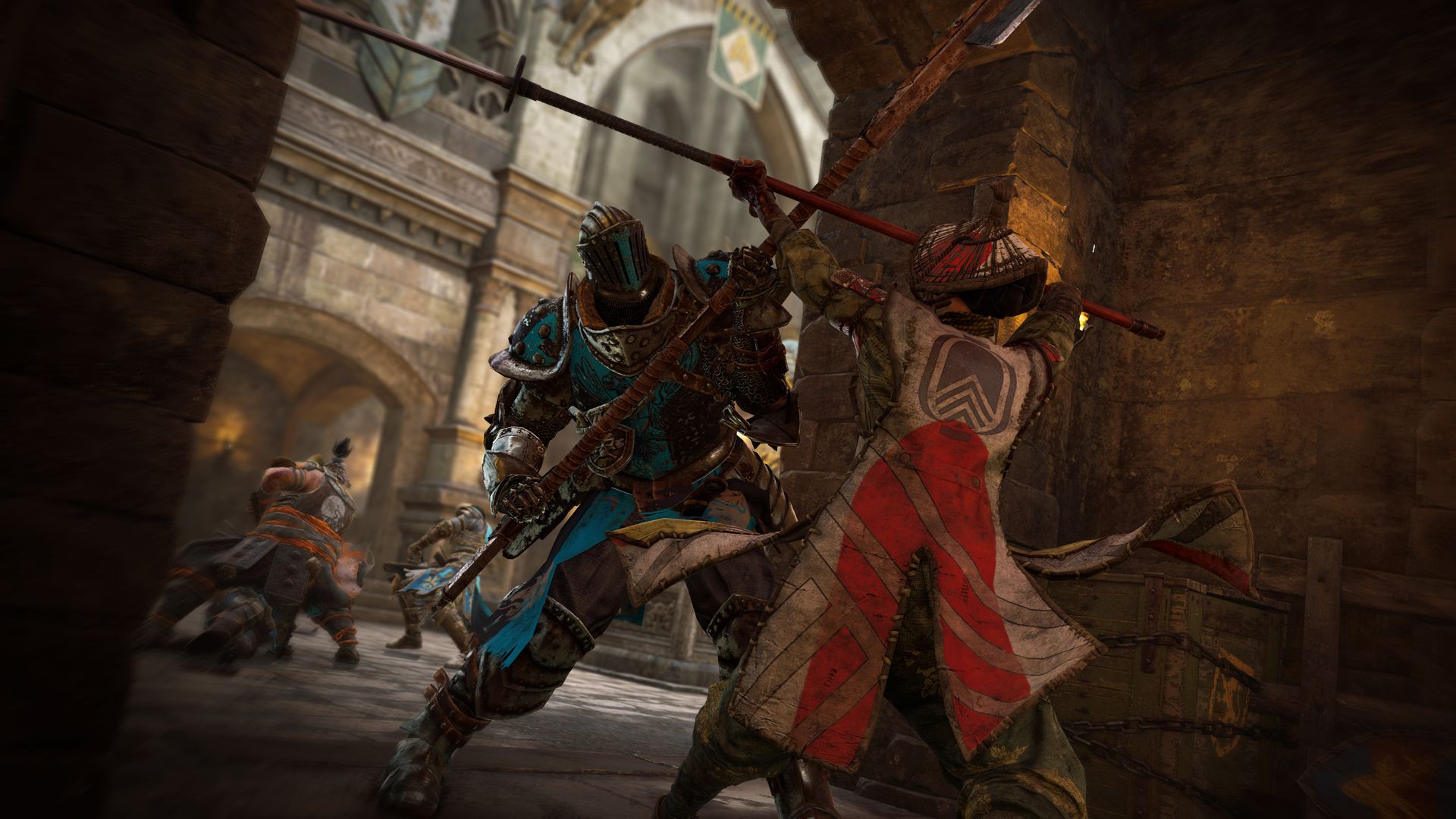
The control scheme in For Honor feels like it misses the mark for a fighting game. The three-direction control scheme never really felt well implemented to me for either mouse and keyboard or controller. I found that the mouse never felt nearly as natural or as responsive as a right controller stick when it came to using the three-direction control scheme. I suspect it is related to the unimpeded movement of the mouse. On the other hand, the controller isn’t perfect either. Dodging is the only way to deal with certain attacks and is a fundamental part of the Assassin’s repertoire. Countering guard breaks is also an important part of For Honor. But to pull off either action requires players to pull their thumb off the critical right stick to hit one of the face buttons. Frankly, I would have preferred to have moved at least one of the skills to the left shoulder button that is currently used for team chat. That way I can at least keep both thumbs on the sticks and still dodge or counter a guard break. Having the right trigger do double duty as both heavy attack and parry is also a poor choice. While I can’t speak for Dual Shock 4 users, the physical trigger pull distance changes depending on finger placement on the Xbox One controller. I found the only way I could really time my parries well was to choke up on the trigger to ensure the trigger button registered with the least amount of distance. In this case, the mouse and keyboard was a much better experience as it provided a more predictable parry. The entire problem could have been avoided if parry was bound to light attack, which is set to the more predictable shoulder button, or reversing the attack bindings. The frustrating part is that lot of these controller-related issues could have been avoided if Ubisoft allowed players to rebind the buttons on their controllers! At least PC players have the benefit of configuring controller buttons by tweaking some of the configuration files.
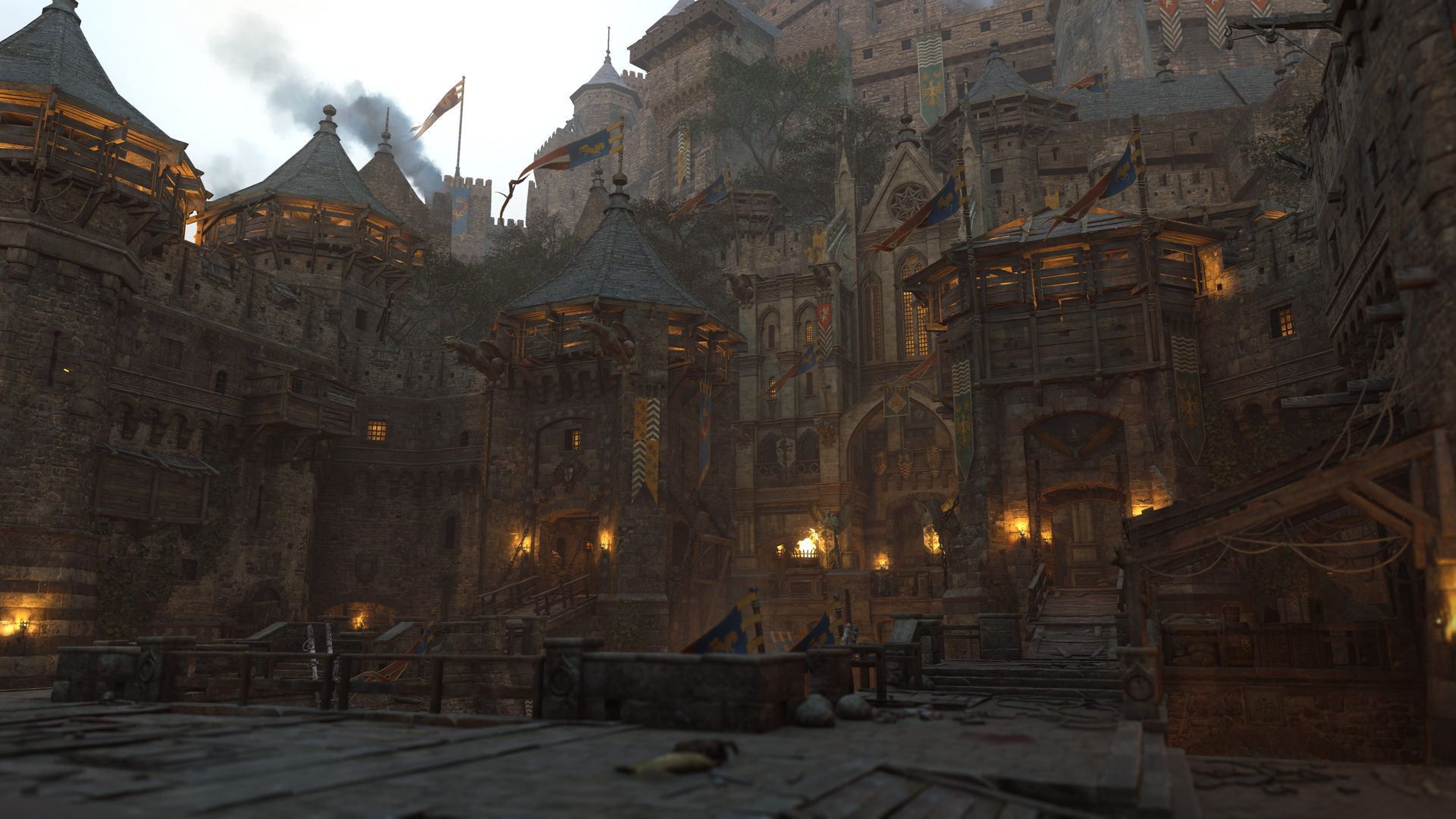
The pacing of For Honor is rather slow and is not for everyone. The stamina system and high damage encourages players to make each attack count. The game has a high skill floor and a higher skill ceiling. Players who take the time to learn the correct counters and strategies are absolutely rewarded, especially since there are a lot of players online who rely on spamming the same cheap move repeatedly.
The level design in For Honor is rather average. While there are a few great levels in the single player campaign, like the one that requires players to lure an elephant into attacking walls while fending off enemies or the D-Day like Viking charge on the Samurai gates, most are pretty straight forward: go from point A to point B and kill everything in your path. The multiplayer levels are a bit better, providing a well balanced, symmetrical map design with plenty of hazards to trip up inattentive players.
While the early promotional material leaned heavily on the whole “Knights vs. Samurai vs. Vikings” concept, the in-match reality is that players can choose any character to join the fray. Factions only matter in the metagame. At the beginning of each season, players choose to support one of the three factions. Every match they participate in awards them resources that they then can spend on a board-game style map to help their faction attack of defend territory. The three contested areas rotate between gameplay modes, ensuring the front lines all see a roughly equal amount of action over the season. For Honor’s metagame is actually one of the game’s more intriguing ideas. While the mechanic has been seen plenty of times in smaller indie titles, it lends itself well to a game like For Honor, and I wish more AAA titles would adopt it. It gives individual matches a little more weight, knowing that success or failure has some small impact in the larger scope of things.
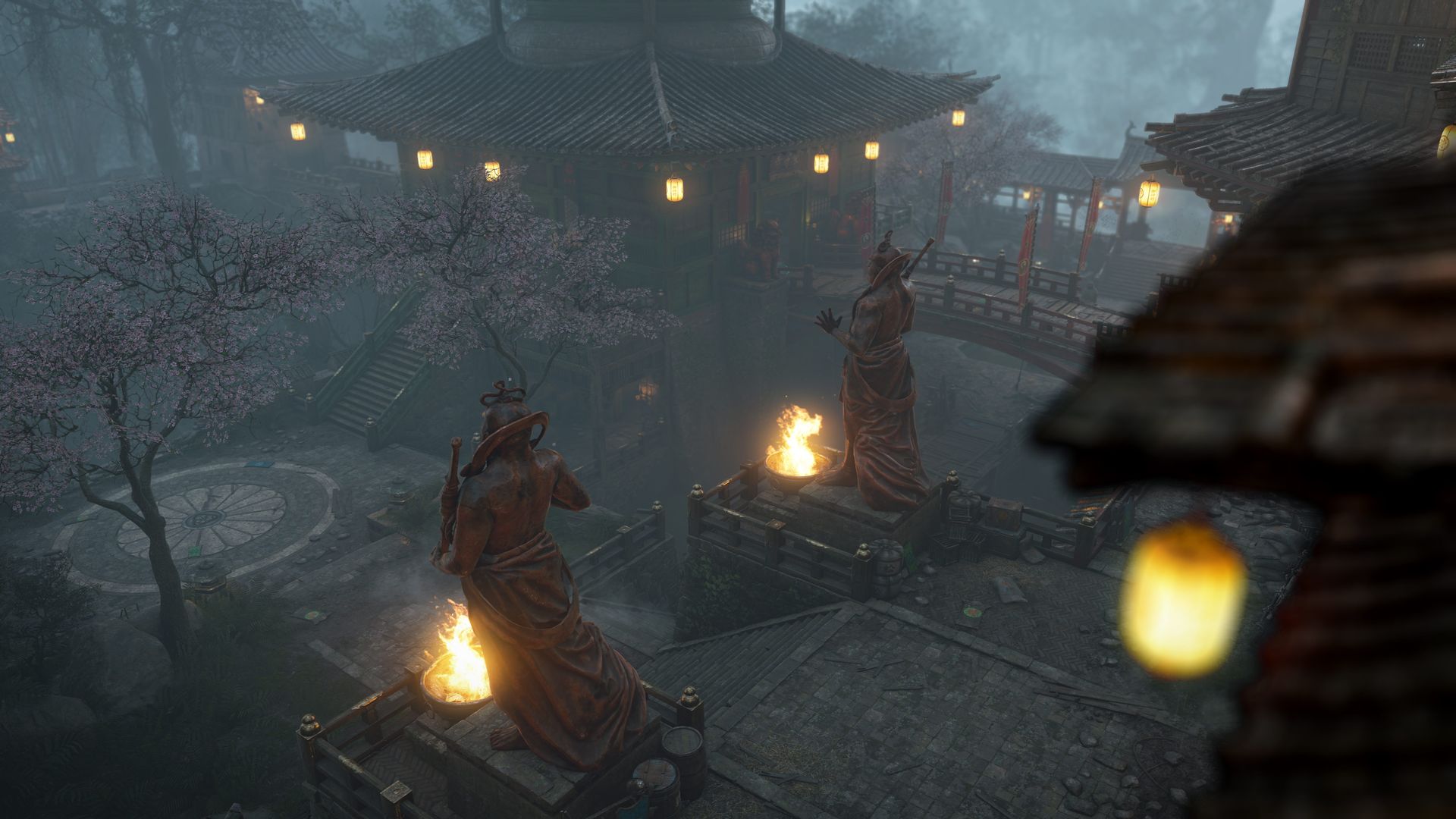
The multiplayer matches themselves break down into three main modes: dominion, duel/brawl, and skirmish/elimination. Dominion are four versus four battles over three control points. Two are side points that only players will battle over, providing plenty of opportunities for uninterrupted duels. The middle point is a MOBA-like push that requires players to eliminate enemy mobs to help their own friendly mobs take control of the sector. Kills of any kind award permanent points while the capture points provide a temporary hundred-point boost to the controlling team. Once a team has a thousand points, the enemy team cannot respawn and will lose the game if their entire team is killed. The losing team can rally and by retaking points and dropping the winning team below 1000 points or pushing the enemy into a similar no respawn situation. I really like dominion as it puts a lot of emphasis on playing the objectives, while still providing losing teams plenty of opportunities to stage an epic come back. The skirmish mode is similar to dominion with the presence of AI and the thousand point goal, but puts much greater emphasis on player versus player duels. Duel, brawl, and elimination are one versus one, two versus two, and four versus four matches respectively that have no AI and no respawns. All modes but duel and brawl allow players to use equipment to fine tune their stats to better suit their playstyle. Equipment is randomly dropped at the end of each match and can be upgraded with the right currency.
For those looking to bone up on their skills before wading into multiplayer, For Honor provides a lot of opportunities to learn. Each class is well documented with a list of moves, a list of skills, and videos for basic and advanced techniques. The campaign mode is essentially one long tutorial that introduces players to most of the classes in the game. Players can also participate in co-op matches against bots to practice and there are some single player options as well.
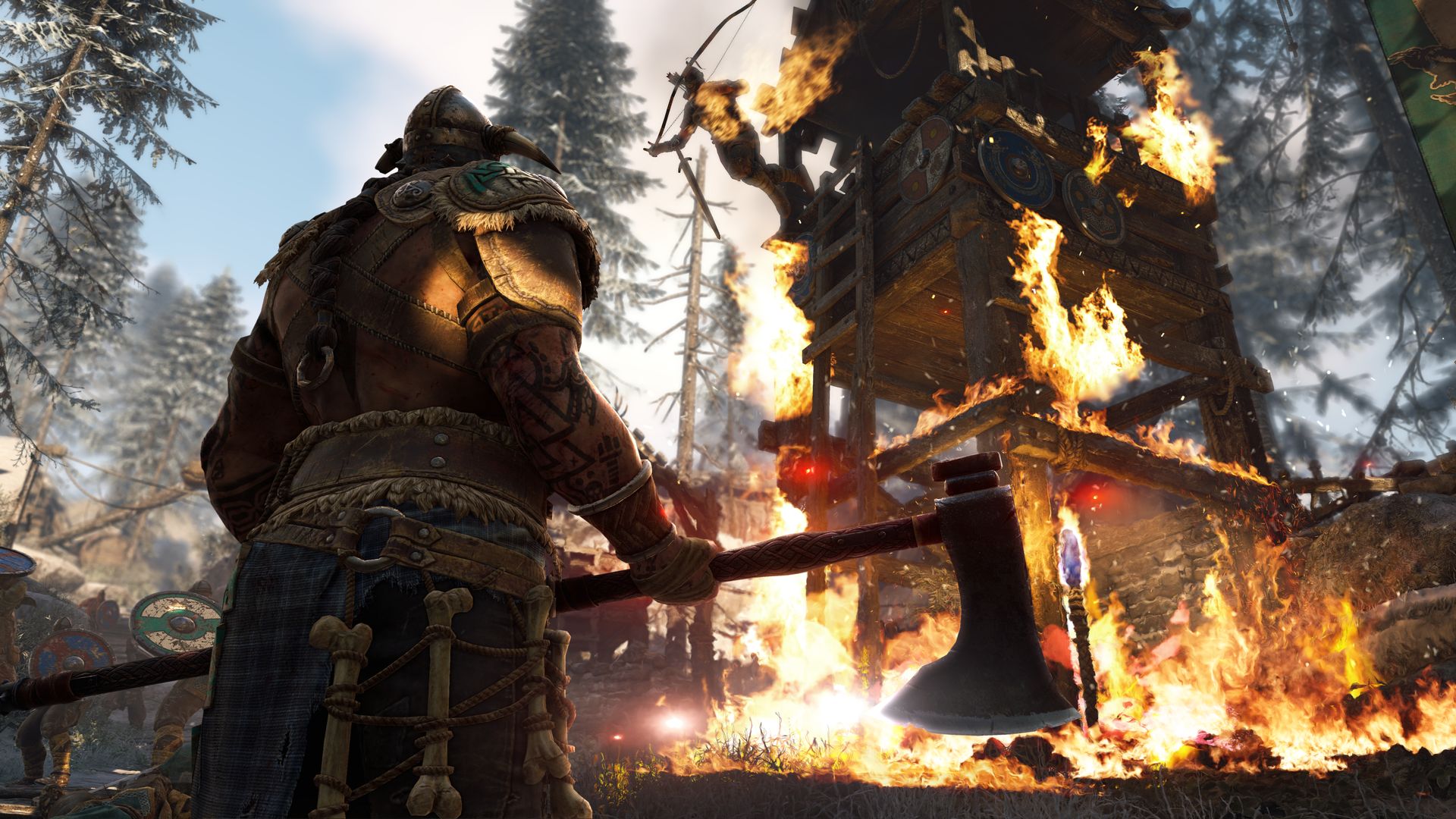
I found For Honor’s matchmaking to be a bit poorly thought out at times. Big differences in skill gaps in matchmaking is understandable in multiplayer games as fluctuations in population sometimes means the only way a game will happen is by grouping all available players together regardless of skill level. On the other hand, For Honor’s implementation is sometimes just silly. While it’s nice that a bot can replace a player that leaves mid-way, it’s a terrible idea to start a match with four players on one side and two players and two bots on the other. It would be a much better idea to wait until team are balanced due to the fact human players are on a whole vastly superior to the bots. On PC, matchmaking still seems to be rather glitchy. I ran into quite a few hiccups where the game tried to connect me to full matches, refused to connect me at all, or just threw up an error.
Visuals
For Honor’s art style is realistic looking. The first thing that stands out for me when playing For Honor is the spectacular animations. I suspect many hours of high quality motion capture work and consultation with martial artists have been spent on the game’s animations. While I won’t profess to be an expert in any martial art, I can see that For Honor uses many familiar techniques that have been showcased in various martial arts documentaries and by popular YouTubers. The models and textures are spot on. It is clear that a lot of research has been done, as the armour looks practical and closer to historical depictions versus the pop culture images of these warriors. And yes, that especially includes female characters.
Audio
For Honor fulfills the expectations of a triple A title. The sound effects are excellent. The voice acting is very good, though there are a few minor characters that miss the mark. What impressed me the most is that enemy Vikings speak Icelandic, enemy Knights speak Latin, and enemy Samurai speak Japanese. It is a detail most players probably won’t think about, but it adds an excellent sense of immersion. Too bad that immersive feeling gets broken when an enemy suddenly speaks English. For Honor’s soundtrack is a perfect fit for the game. Taking inspiration from each culture’s music, the soundtrack manages to still fit the brutal hand-to-hand nature of the game. One thing that drives me insane about For Honor’s audio is how clumsy it handles VOIP volume on PC. Instead of adjusting the volume inside the game, For Honor changes Window’s settings directly.
Overall
While the audio/visual experience is excellent, it can’t compensate for poor gameplay choices. The controls don’t feel well thought out, which hampers the game. The lousy state of matchmaking currently does For Honor no favours, even though the board game-style metagame is an awesome idea. People looking for a single player experience should look elsewhere, as the heart and soul of For Honor is in its multiplayer. For Honor is probably best suited for melee combat and Dark Souls nuts out there who are more willing to look past some poor design choices and rough matchmaking as I suspect the average gamer will be unable to get past both the game’s flaws and its high skill floor.
Capsule Computers review guidelines can be found here.



